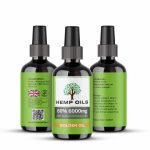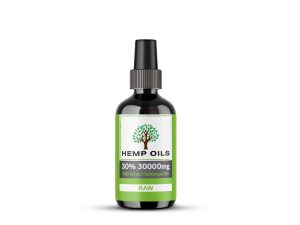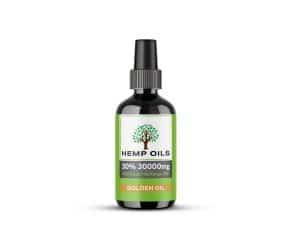Hemp oil has gained popularity in recent years due to its numerous health benefits and versatility for both culinary and cosmetic applications. However, like any other oil, hemp oil can become rancid over time, resulting in an unpleasant taste and potential loss of its beneficial properties. Knowing how to tell if hemp oil is rancid is crucial to ensure that you are consuming a product that is of high quality and safe for consumption. In this article, we will discuss the signs of rancidity in hemp oil, how to perform sensory evaluation, how to determine oxidative stability, and the proper storage and shelf life of hemp oil.
Signs of Rancidity in Hemp Oil
One of the primary signs of rancidity in hemp oil is a noticeable change in smell and taste. Fresh hemp oil has a nutty and earthy aroma, but when it turns rancid, it may have a sour or unpleasant odor. Similarly, the taste of rancid hemp oil can be described as bitter, soapy, or metallic. If you notice any of these sensory changes, it is a clear indication that the oil has gone bad.
Another indicator of rancidity is the appearance of the oil. Fresh hemp oil should have a clear, light green color. However, as it becomes rancid, the color may darken, become cloudy, or develop sedimentation. These visual changes are an additional sign that the oil is no longer fresh and may not be safe for consumption.
Sensory Evaluation of Hemp Oil
Performing a sensory evaluation is an essential method to determine if hemp oil is rancid. To do this, take a small amount of oil and warm it up between your hands to release its aroma. Then, smell the oil for any off-putting odors such as a rancid or sour smell. Next, taste a small amount of the oil and pay attention to any bitterness or unpleasant flavors. Trust your senses and if anything seems abnormal, it is best to discard the oil.
Determining Oxidative Stability
Oxidative stability is a measure of how well an oil resists rancidity. One way to determine the oxidative stability of hemp oil is by testing its peroxide value. This value indicates the level of oxidation in the oil and can be measured using a simple chemical test kit. High peroxide values suggest that the oil is highly oxidized and likely rancid. However, it is important to note that this method requires specialized equipment and may not be practical for regular consumers.
Proper Storage and Shelf Life of Hemp Oil
To ensure the longevity and quality of hemp oil, proper storage is essential. Hemp oil should be stored in a cool, dark place, away from direct sunlight and heat sources, as they can accelerate the oxidation process. Ideally, it should be stored in a sealed glass bottle to prevent air exposure. Additionally, refrigerating hemp oil can help to extend its shelf life. As a general guideline, unopened hemp oil can last up to one year, while opened bottles should be consumed within 6-12 months for optimal freshness.
By being aware of the signs of rancidity in hemp oil, performing sensory evaluations, and understanding methods to determine oxidative stability, you can ensure that you are using fresh and high-quality hemp oil. Remember to store your hemp oil properly and be mindful of its shelf life to maximize its benefits. By following these guidelines, you can enjoy the numerous advantages that hemp oil has to offer in your daily routine.




